She went on to successfully implement recycling in her entire school district.
We hear the phrase, "Kids are our future," tossed around, and yet it is rare to include them in the basic decision making processes of how this "future" is being shaped. On the whole, children are not included in processes of governance, parks and city planning, building, growing food, or business development, and yet are expected to take responsibility for these things - and change them for the better - as adults.
In the photo above, the design of a flower in bloom, spreading its seeds around the neighborhood was an idea that came from a nine year old during one of the design charrettes. Everyone loved it and it became the theme for this year.
Involving kids in the decision-making process on a neighborhood scale not only re-inoculates adults with creative energy and bring vibrancy to design ideas, but it involves them in a culture of inclusion. Kids that live in neighborhoods were these projects take place, are surrounded by adults who are collaboratively working with each other to transform the place where they live. They're surrounded by adults who are respecting each other, listening to each other, and co-creating together. It's a level of Trust and Love to be infused into practical, daily life, one project at a time.
From big projects, to daily decisions, involving kids in the process and celebrating their contributions is vital to "the future" we so seek to better.
Kids are not our future. They are our now. Their ideas, energy, and Love are valuable now. And it is for the benefit of everyone to cultivate their feelings of worth, belonging, and personal power.
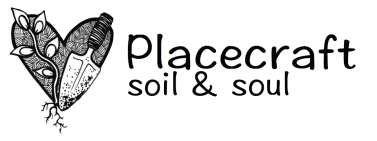
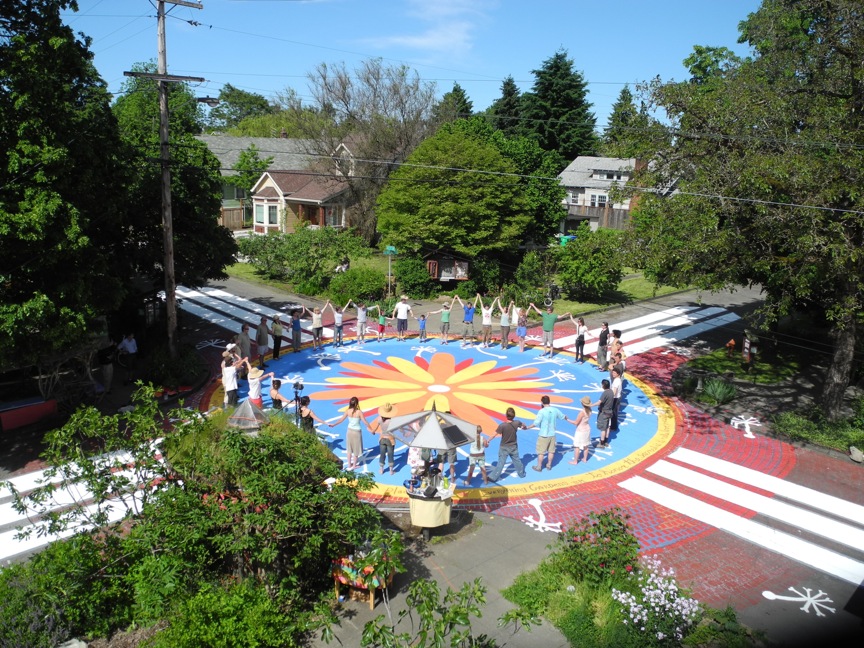
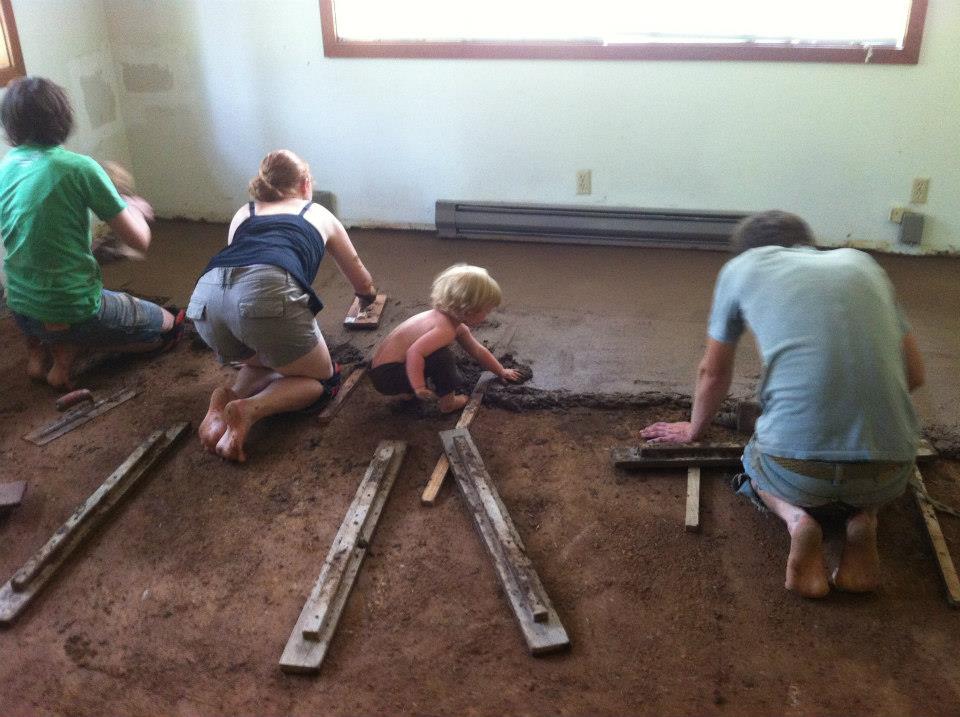
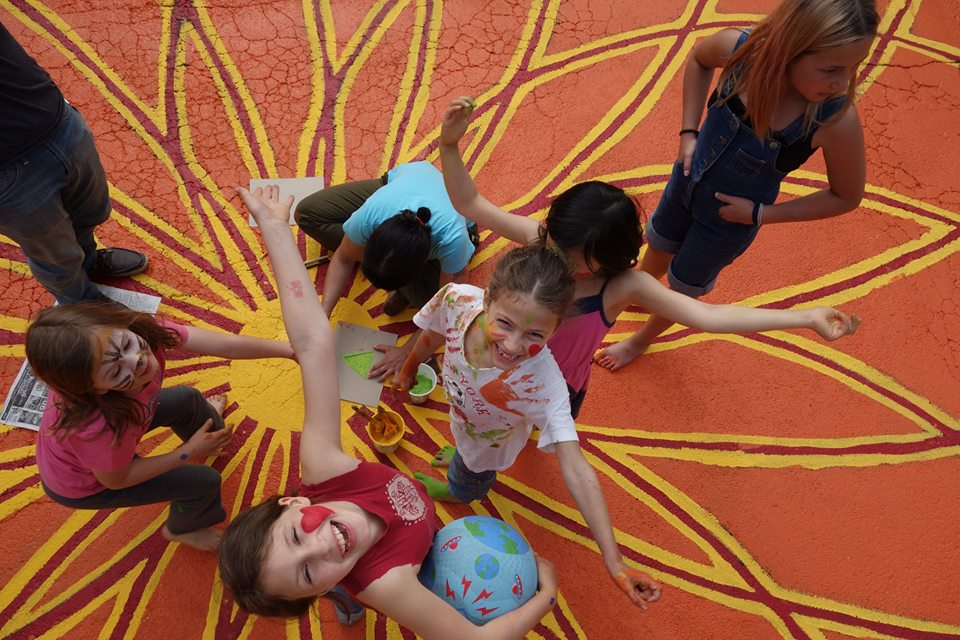
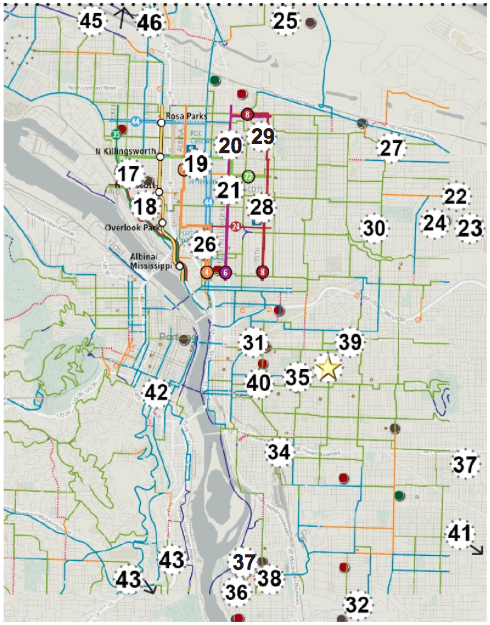
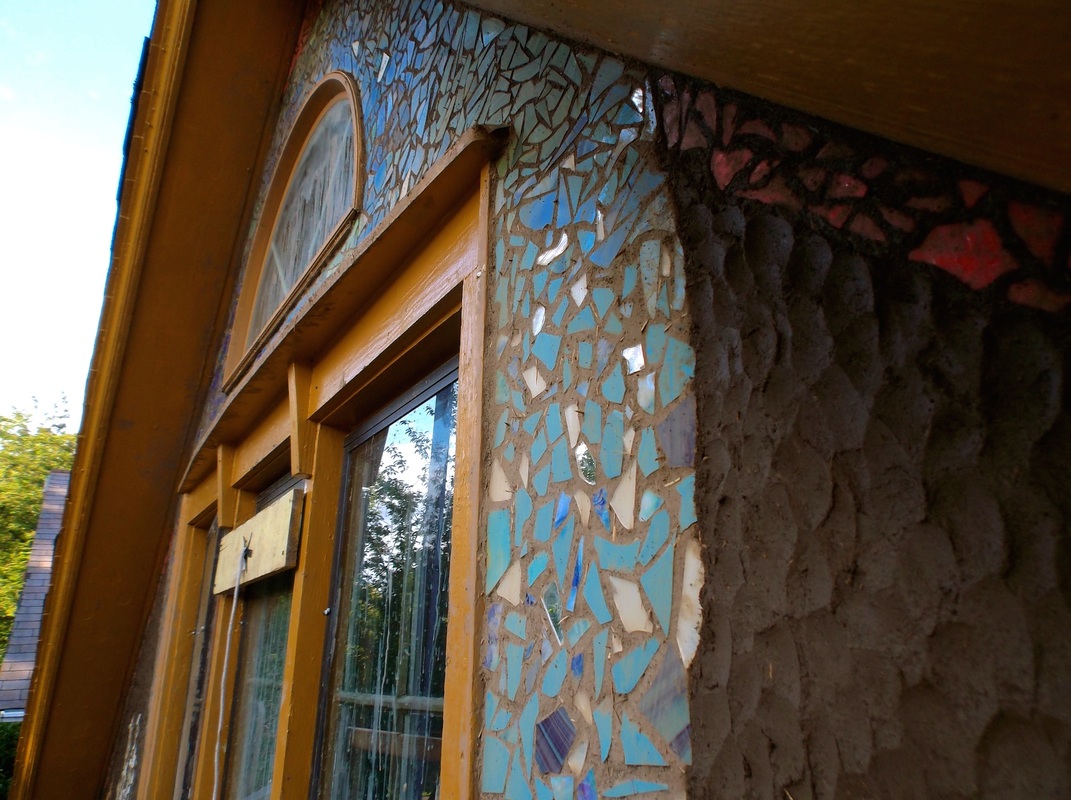
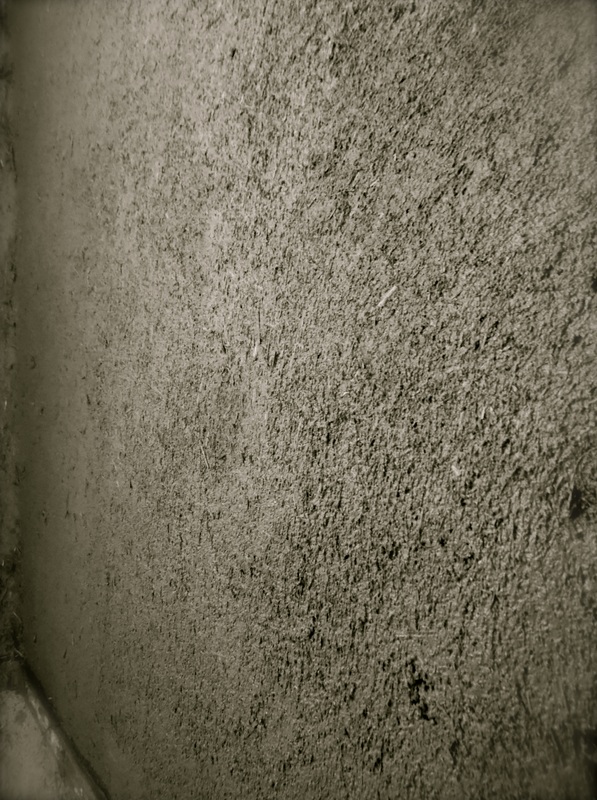
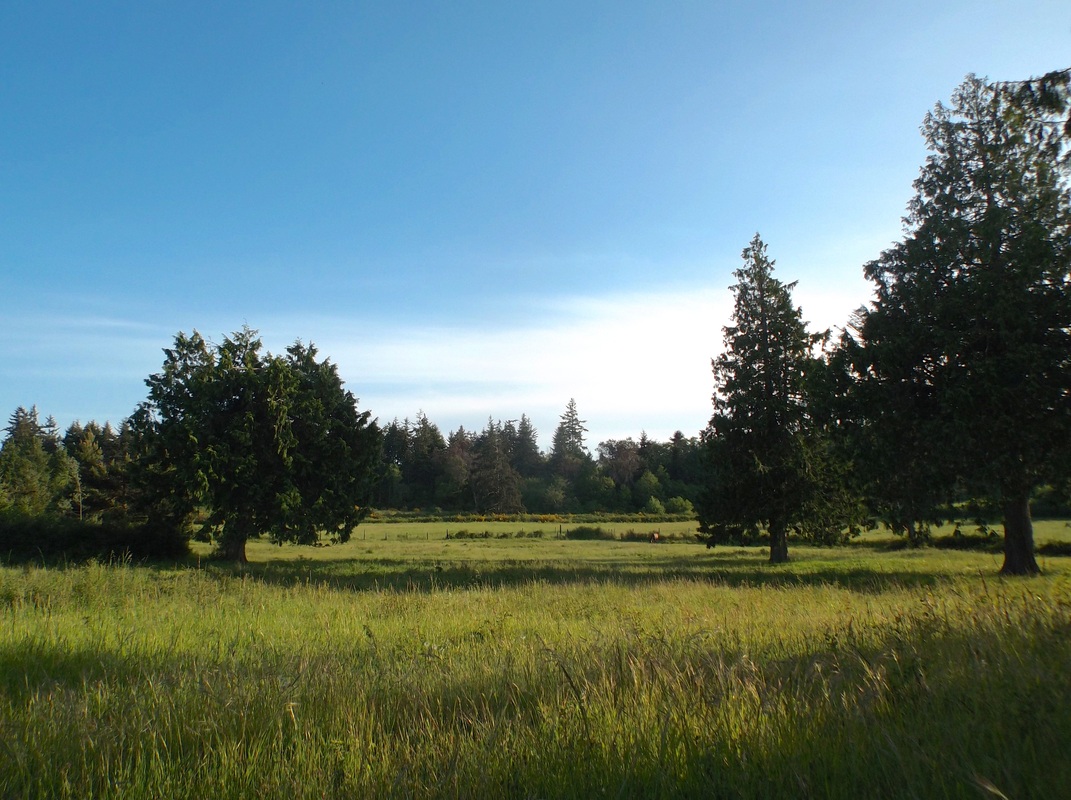
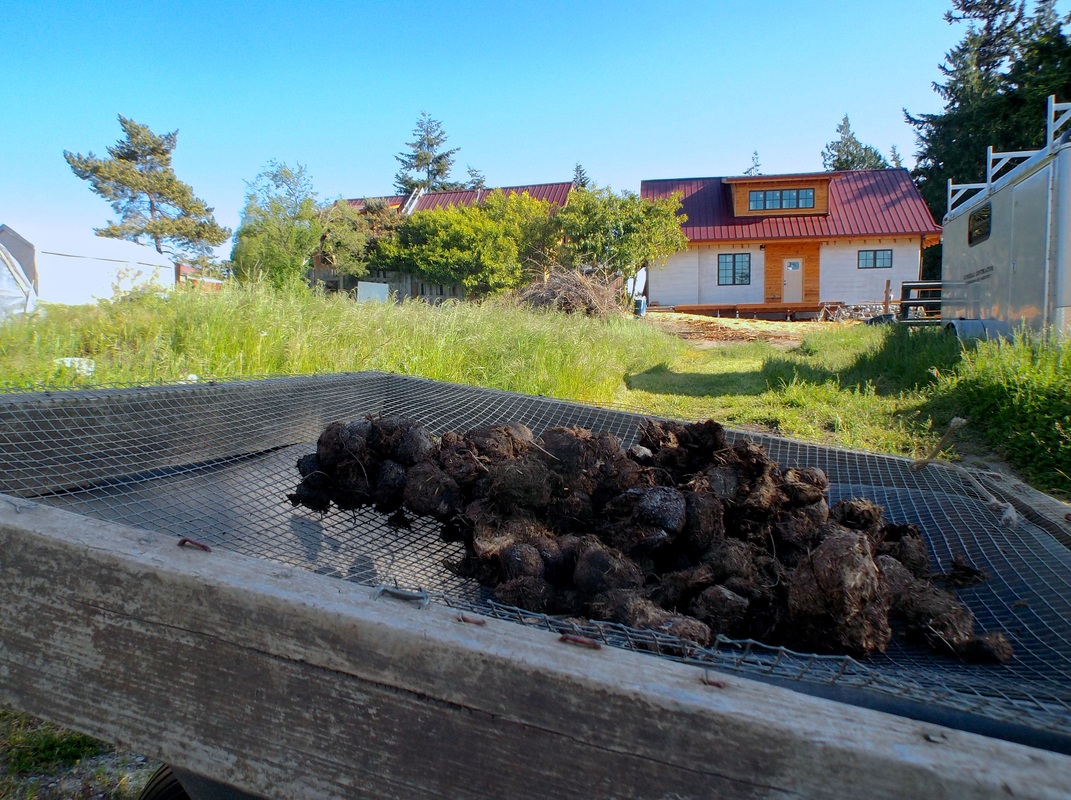
 RSS Feed
RSS Feed
